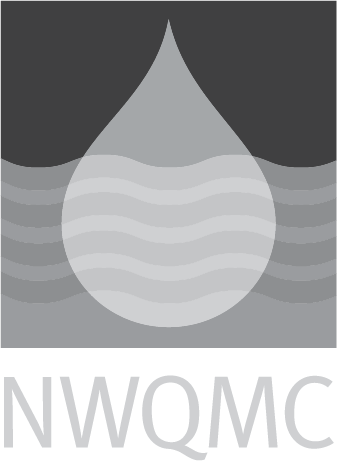USGS-OWQ: O-2143-09: Pyrethroid Insecticides in Water Using GC/MS
|
Official Method Name
|
Determination of Pyrethroid Insecticides in Water and Sediment Using Gas Chromatography/Mass Spectrometry |
|---|---|
|
Current Revision
| 2009 |
|
Media
|
WATER |
|
Instrumentation
|
Gas Chromatography with Mass Spectrometry Detection |
|
Method Subcategory
|
Organic |
|
Method Source
|
|
|
Citation
|
|
|
Brief Method Summary
|
A method for the determination of 14 pyrethroid insecticides in environmental water and sediment samples is described. The method was developed by the U.S. Geological Survey in response to increasing concern over the effects of pyrethroids on aquatic organisms. The pyrethroids included in this method are ones that are applied to many agricultural and urban areas. Filtered water samples are extracted for pyrethroids using solid-phase extraction (SPE) with no additional cleanup steps. Sediment and soil samples are extracted using a microwave-assisted extraction system, and the pyrethroids of interest are separated from co-extracted matrix interferences by passing the extracts through stacked graphitized carbon and alumina SPE cartridges, along with the use of high-performance liquid chromatography and gel-permeation chromatography (HPLC/GPC). Quantification of the pyrethroids from the extracted water and sediment samples is done using gas chromatography with mass spectrometry (GC/MS) or gas chromatography with tandem mass spectrometry (GC/MS/MS). Recoveries in test water samples fortified at 10 ng/L ranged from 83 to 107 percent, and recoveries in test sediment samples fortified at 10 ug/kg ranged from 82 to 101 percent; relative standard deviations ranged from 5 to 9 percent in the water samples and 3 to 9 percent in the sediment samples. Method detection limits (MDLs), calculated using U.S. Environmental Protection Agency procedures (40 CFR 136, Appendix B), in water ranged from 2.0 to 6.0 ng/L using GC/MS and 0.5 to 1.0 ng/L using GC/MS/MS. For sediment, the MDLs ranged from 1.0 to 2.6 ug/kg dry weight using GC/MS and 0.2 to 0.5 ug/kg dry weight using GC/MS/MS. The matrix-spike recoveries for each compound, when averaged for 12 environmental water samples, ranged from 84 to 96 percent, and when averaged for 27 environmental sediment samples, ranged from 88 to 100 percent. |
|
Scope and Application
|
The pyrethroids included in this method are applied to many agricultural and urban areas, and is suitable for determining the pyrethroids at nanograms-per-liter concentrations in water samples. |
|
Applicable Concentration Range
|
Dependent on equipment calibration range. |
|
Interferences
|
Compounds that compete with or displace the compounds of interest from the SPE cartridge materials might cause interferences or low method recoveries. In addition, humic and fulvic acids might influence extraction efficiency, and because some samples might have a complex nature, pyrethroid recoveries may be reduced. Possible interferences are addressed with matrix-spiked samples and surrogate compounds. Pyrethroid insecticides are a common ingredient in household pesticide products. Field and laboratory personnel should be aware of this and limit their exposure to these products prior to sample collection or sample handling. |
|
Quality Control Requirements
|
The quality-assurance (QA) and quality-control (QC) program primarily consists of internal checks on precision and accuracy of analytical results. Laboratory quality-control data from continuous calibration verification (CCV), laboratory blanks and matrix-spiked samples, and internal and surrogate standards are used by the analyst to determine if corrective actions are needed or if sample concentrations are not accurately reported. |
|
Sample Handling
|
Samples are chilled immediately, shipped to the Pesticide Fate Research Group (PFRG), and refrigerated at 4 °C until analysis. |
|
Maximum Holding Time
|
Samples are to be analyzed within 48 hrs of collection. |
|
Relative Cost
|
Less than $50 |
|
Sample Preparation Methods
|
Samples are filtered either in the field or in the laboratory using a GF/F-grade glass-fiber filter. |




